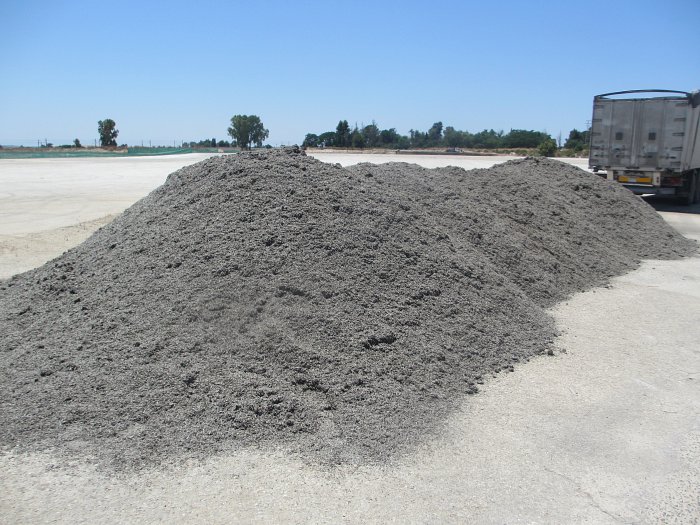30 November 2016
Pulp sun-drying project in Spain
Objective
Azucarera has a clear goal to achieve increased energy efficiency. It continually seeks new methods and processes to make increasingly efficient use of energy and renewable energy sources to reduce costs and any negative environmental impact.
What we did
Sugar beet pulp is a co-product of sugar beet processing. It is a natural product rich in fibre and vitamins for animals. Once sugar is extracted, the remaining sugar beet pulp can be pressed, dried and pelleted to be sold as cattle feed to the agricultural sector.
Previously, the sugar beet pulp was dried at each production plant by pulp dryers. The dryers had high energy consumption so new ways to reduce energy and meet customers’ needs were explored.
Following a study, an opportunity was identified to switch from industrial pulp dryers, which consume gas and energy to dry pulp, to directly using solar energy to dry the pulp. The quality of the dry pulp was guaranteed by strict control standards and produced an excellent final product.
Results
Sun-drying of sugar beet pulp is now currently used at all production plants in Azucarera, with the exception of Miranda de Ebro in northern Spain where weather conditions are not suitable.
From an environmental perspective, sun-drying allows a considerable reduction of CO2 emissions. The mitigated CO2 is estimated at around 12,500-13,000 tonnes a year depending on the factory location. A significant saving is also achieved in drying infrastructure costs and dryer maintenance. Energy costs are also minimised, as fossil fuels are replaced with energy from the sun.
There have also been economic benefits of the approach in terms of job generation. The use of sun- drying techniques has led to the creation of 84 jobs in total, with 42 jobs in Guadalete, 27 in Toro and 15 in La Bañeza.
At the same time, the development of a specific sun-dried pulp pressing and silage storage and distribution system facilitates the storage and distribution of pulp throughout the year, and is therefore not limited by traditional production campaign timing. This greater product availability benefits cattle farmers, who can purchase the product at regular intervals and mix it with other animal feed such as cereals and molasses.
Check out a short video about our pulp drying by clicking here.
More information is available in Azucarera's sustainability report 2015.
















